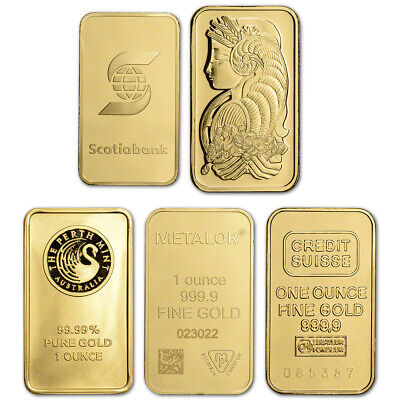Understanding how to read gold and silver price charts is essential for anyone interested in investing in precious metals. Whether you’re a novice investor or seeking to diversify your portfolio, interpreting these charts can provide valuable insights into market trends and inform your trading decisions. This guide will walk you through the basics of reading these charts, focusing on technical analysis and candlestick charts commonly used in the commodities market.
What is a Technical Analysis Chart?
Technical analysis charts visually represent price movements and trading volumes over time. These charts help investors identify patterns and trends, enabling them to make informed decisions about when to buy or sell precious metals like gold and silver.
Technical analysis is based on the premise that historical price movements can predict future price movements. By analyzing statistical data generated by market activity, such as past prices and volume, investors can identify patterns and trends that might not be immediately apparent.
Types of Technical Analysis Charts
- Line Chart: The most basic form of a chart, a line chart connects a series of data points with a line. It provides a clear view of a security’s price trend over time.
- Bar Chart: This chart provides more information than a line chart. It shows the opening, closing, and high and low prices for a given period, making it easier to understand price fluctuations.
- Candlestick Chart: Similar to bar charts, candlestick charts offer a more visually appealing way to display the same information. They are trendy among traders.
What is a Candlestick Chart?
Candlestick charts are a type of technical analysis chart used to describe price movements over time. They are handy for understanding the behavior of gold and silver prices, as they provide a detailed view of how prices have changed during a specific period.
Components of a Candlestick
A candlestick consists of a body and two wicks or shadows. The body represents the opening and closing prices of the commodity, while the wicks show the highest and lowest prices during the period.
| Element | Description |
|---|---|
| Body | The area between the opening and closing prices. A filled body indicates a closing price lower than the opening, while an empty body indicates a closing price higher. |
| Upper Wick | The line extending above the body shows the highest price reached during the period. |
| Lower Wick | The line below the body shows the lowest price reached during the period. |

Interpreting Candlestick Patterns
Candlestick patterns can provide insights into market sentiment and potential price movements. Some common patterns include:
- Doji: A candlestick with a small body, indicating indecision in the market.
- Hammer: A candlestick with a long lower wick and a small body, suggesting a potential reversal from a downtrend.
- Engulfing Pattern: A larger candlestick that engulfs a smaller one, indicating a potential reversal in trend direction.
For further reading on candlestick charts, refer to this Investopedia article.
Using Charts for Investment Decisions
Reading gold and silver price charts is about understanding the current market situation and predicting future trends. By analyzing patterns and trends, investors can make more informed decisions. Here are some tips to consider:
- Look for Trends: Identify whether the market is uptrend, downtrend, or sideways.
- Volume Analysis: Pay attention to the volume of trading, as it often confirms the strength of a price movement.
- Support and Resistance Levels: Identify critical levels where the price has historically had difficulty moving past.
Conclusion
Reading gold and silver price charts is a skill that can be developed with practice and patience. By understanding technical analysis and candlestick charts, beginners can gain valuable insights into the precious metals market. While charts are powerful tools, they should be used with other forms of analysis and due diligence to make well-rounded investment decisions.
For more resources on technical analysis, refer to BabyPips’ guide on Technical Analysis.
Interpreting Candlestick Patterns
Candlestick patterns can provide insights into market sentiment and potential price movements. Some common patterns include:
- Doji: A candlestick with a small body, indicating indecision in the market.
- Hammer: A candlestick with a long lower wick and a small body, suggesting a potential reversal from a downtrend.
- Engulfing Pattern: A larger candlestick that engulfs a smaller one, indicating a potential reversal in trend direction.
For further reading on candlestick charts, you can refer to this Investopedia article on Candlestick.
Using Charts for Investment Decisions
Reading gold and silver price charts is not just about understanding the current market situation but also about predicting future trends. By analyzing patterns and trends, investors can make more informed decisions. Here are some tips to consider:
- Look for Trends: Identify whether the market is in an uptrend, downtrend, or trading sideways.
- Volume Analysis: Pay attention to the volume of trading as it often confirms the strength of a price movement.
- Support and Resistance Levels: Identify key levels where the price has historically had difficulty moving past.
Conclusion
Reading gold and silver price charts is a skill that can be developed with practice and patience. By understanding technical analysis and candlestick charts, beginners can gain valuable insights into the precious metals market. While charts are powerful tools, they should be used in conjunction with other forms of analysis and due diligence to make well-rounded investment decisions.
For more resources on technical analysis, refer to BabyPips’ guide on Technical Analysis.